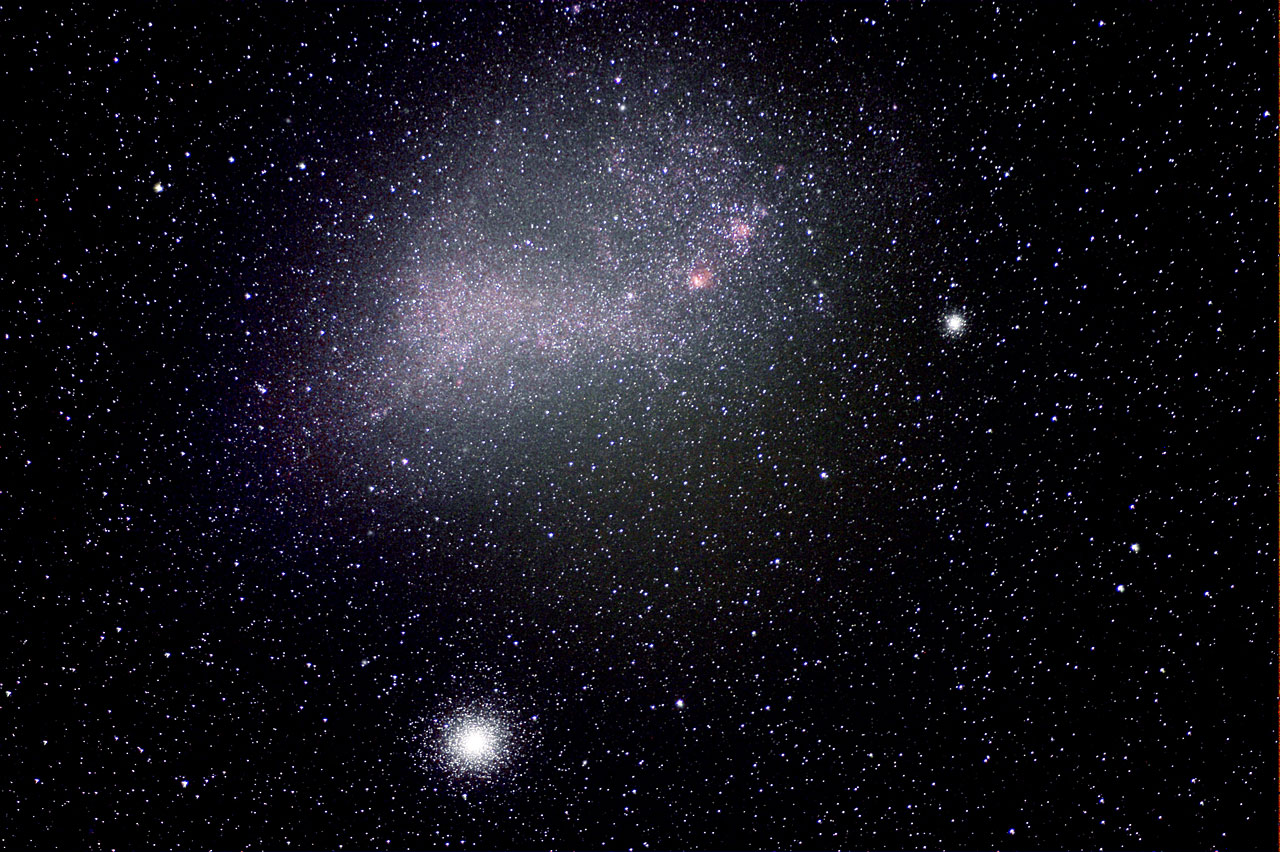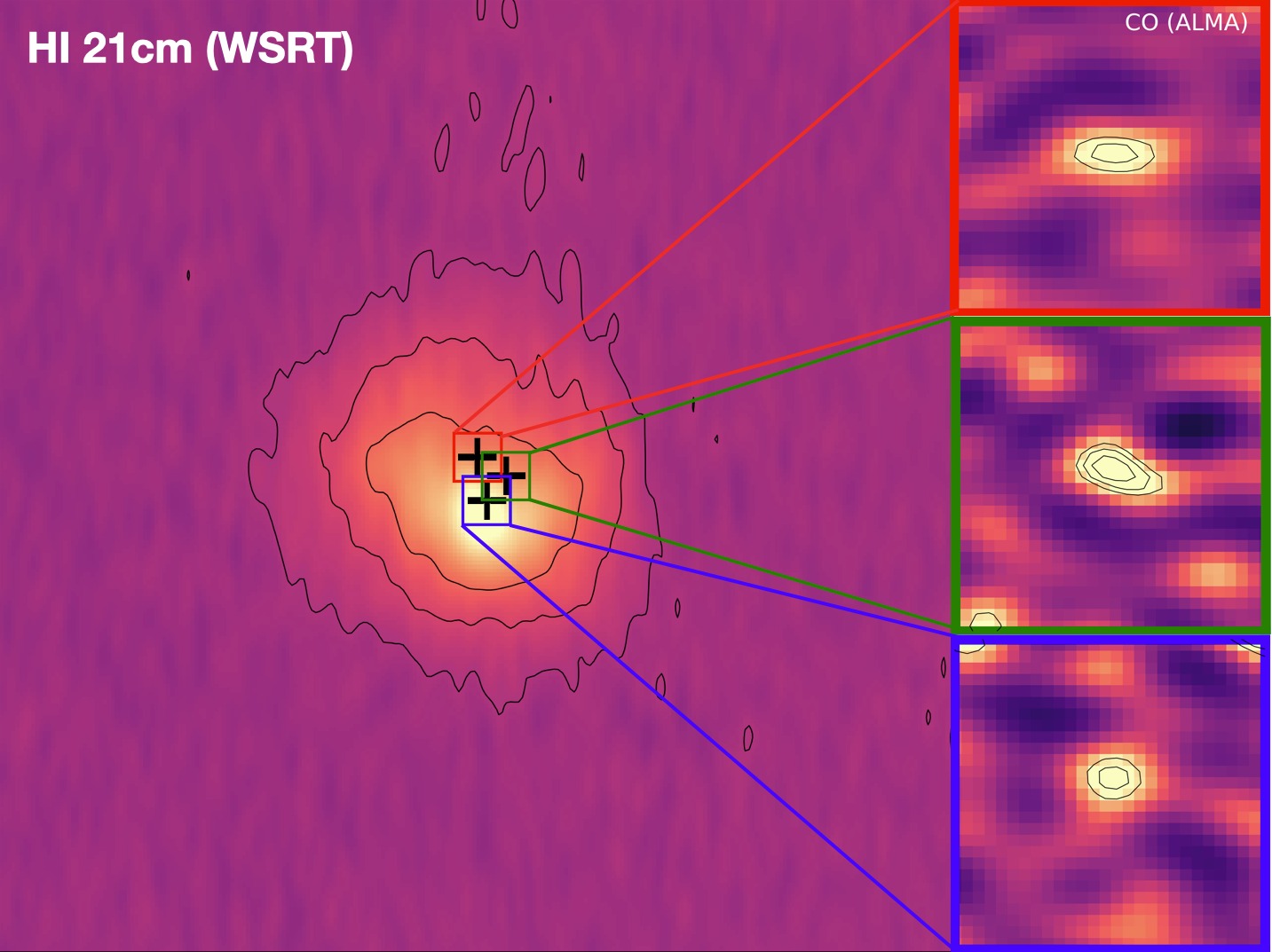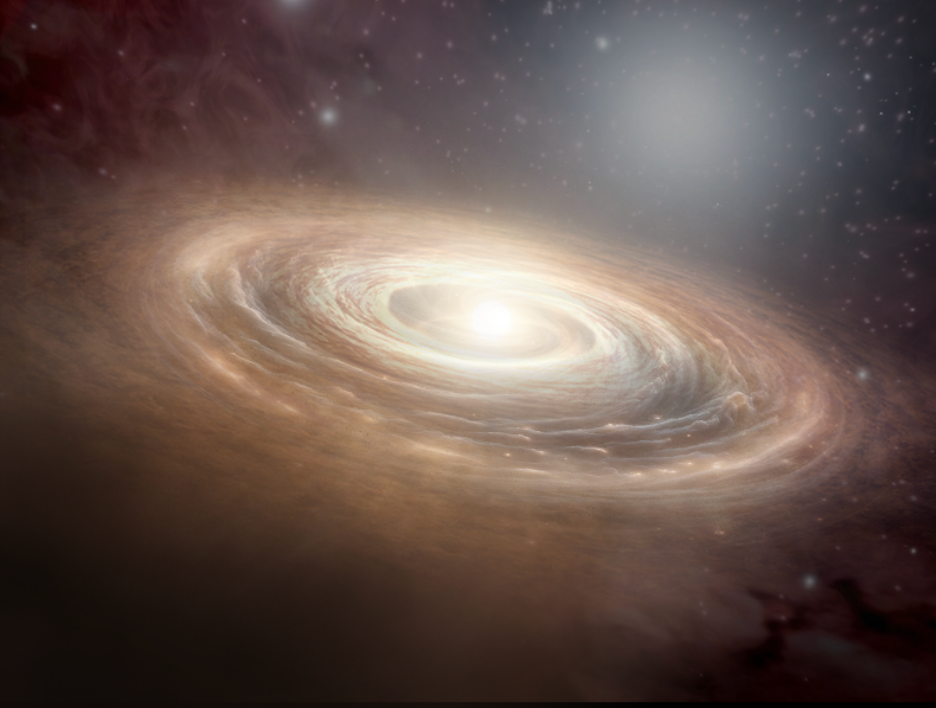
CATA Principal Investigator participates in international study revealing how planetary birth disks evolve
Laura Pérez led the Chilean participation together with young scientists linked to our Center.
A massive international study led from Chile is changing the way science understands the origin of planets. It is the AGE-PRO project (“The ALMA Survey of Gas Evolution of PROtoplanetary Disks”), the largest observational campaign to date to study how gas evolves in protoplanetary disks, the structures that surround young stars and give rise to new planetary systems.
AGE-PRO observed 30 disks at different stages of evolution, using more than 100 hours of observation from the ALMA radio telescope between 2022 and 2023. The results were published in 12 scientific papers in a special issue of The Astrophysical Journal.
The initiative was promoted by an international team of 22 astronomers, including Laura Pérez, Principal Investigator of the Center for Astrophysics and Related Technologies (CATA) and member of the Department of Astronomy of the University of Chile, who holds a Ph.D. in Astrophysics from the California Institute of Technology (Caltech).
“Until now, knowledge about the evolution of protoplanetary disks has focused primarily on how the solid material changed. AGE-PRO shows, for the first time, how gas evolves in these structures. We discovered that the disks lose their gaseous content within a few million years, which implies that planetary formation must begin very early,” explains the scientist.
Observations focused on three star-forming regions, Ophiuchus, Lupus, and Upper Scorpius, spanning ages from less than one million to more than five million years. AGE-PRO analyzed the emission of dust and molecules such as N₂H⁺ and CO to characterize the evolution of these systems.
The project was supported by our Center and brought together a team of young researchers linked to CATA during the research period. Among them, Carolina Agurto, who led the analysis of the Upper Scorpius region and was recently appointed as an academic at the Universidad Técnica Federico Santa María. Her work revealed that the longest-lived disks could retain much more gas than previously thought, challenging previous models of how exoplanets accrete their atmospheres.
Another participant was Aníbal Sierra, who is currently a postdoctoral researcher at University College London. He studied one of the brightest and oldest disks in the sample, where he identified signs of two planets in formation. These results will soon be contrasted with new observations from the James Webb Space Telescope (JWST).
Three undergraduate and graduate students who were associated with CATA during this period were also part of AGE-PRO: Benjamín Cabrera, who determined the stellar masses of the observed stars; José Mondaca, who focused on the young disks of Ophiuchus; and Camila Pulgarés, who analyzed the evolution of dust in the 30 systems studied.
This work not only represents a key advance in the understanding of planetary birth, but also a reflection of the impact that Chilean astronomy and CATA have on global-scale scientific collaborations.
Recent news
-
 Publicado el: 10/10/2025Families and students from Cerro Navia learned about astronomy at the Science Fair
Publicado el: 10/10/2025Families and students from Cerro Navia learned about astronomy at the Science Fair -
 Publicado el: 10/10/2025Researchers from Area 2 of CATA hold annual meeting to plan for the next five years
Publicado el: 10/10/2025Researchers from Area 2 of CATA hold annual meeting to plan for the next five years -
 Publicado el: 09/10/2025Students from San Joaquín learned about the colors of the universe
Publicado el: 09/10/2025Students from San Joaquín learned about the colors of the universe -
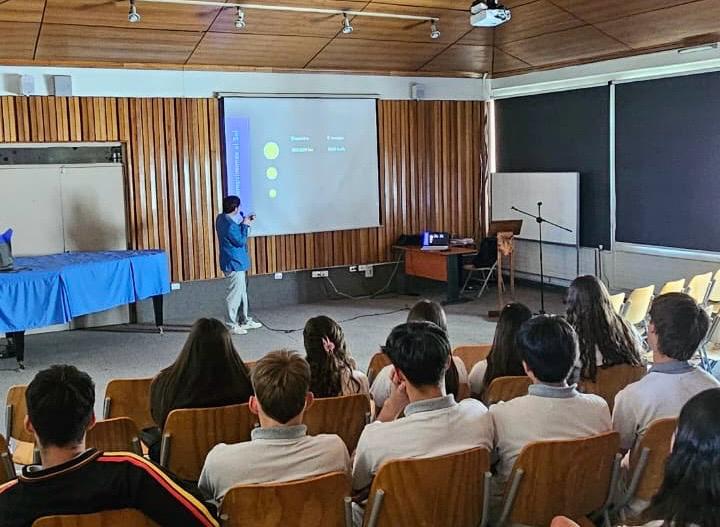 Publicado el: 08/10/2025Students from Las Condes expanded their knowledge about black holes
Publicado el: 08/10/2025Students from Las Condes expanded their knowledge about black holes -
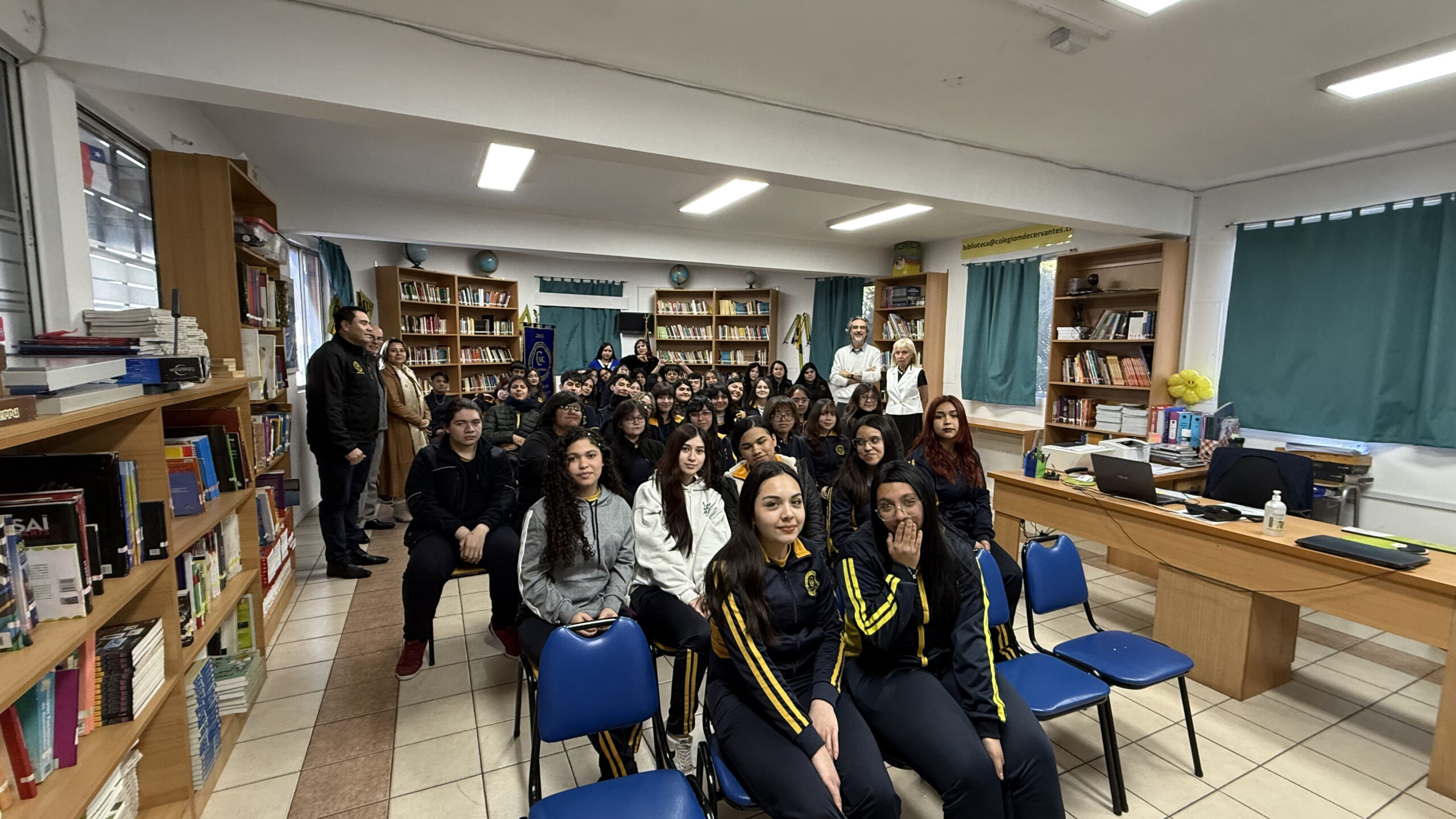 Publicado el: 07/10/2025Students from Miguel de Cervantes School explored the mysteries of the universe alongside an astronomer from CATA
Publicado el: 07/10/2025Students from Miguel de Cervantes School explored the mysteries of the universe alongside an astronomer from CATA
Categories list
- Acknowledgments 21
- Astrobiology 5
- AstroCluster 1
- Black holes 17
- Corporativo 54
- Cosmology 4
- Descubrimientos 22
- Disclosure 69
- Exoplanets 13
- Extension 4
- Galaxies 20
- Galaxies formation 5
- Inter y Transdisciplina 3
- Local Universe 15
- Publications 6
- Sin categorizar 34
- Solar System 18
- Stellar formation 8
- Technology 11
- Technology Transfer 14

